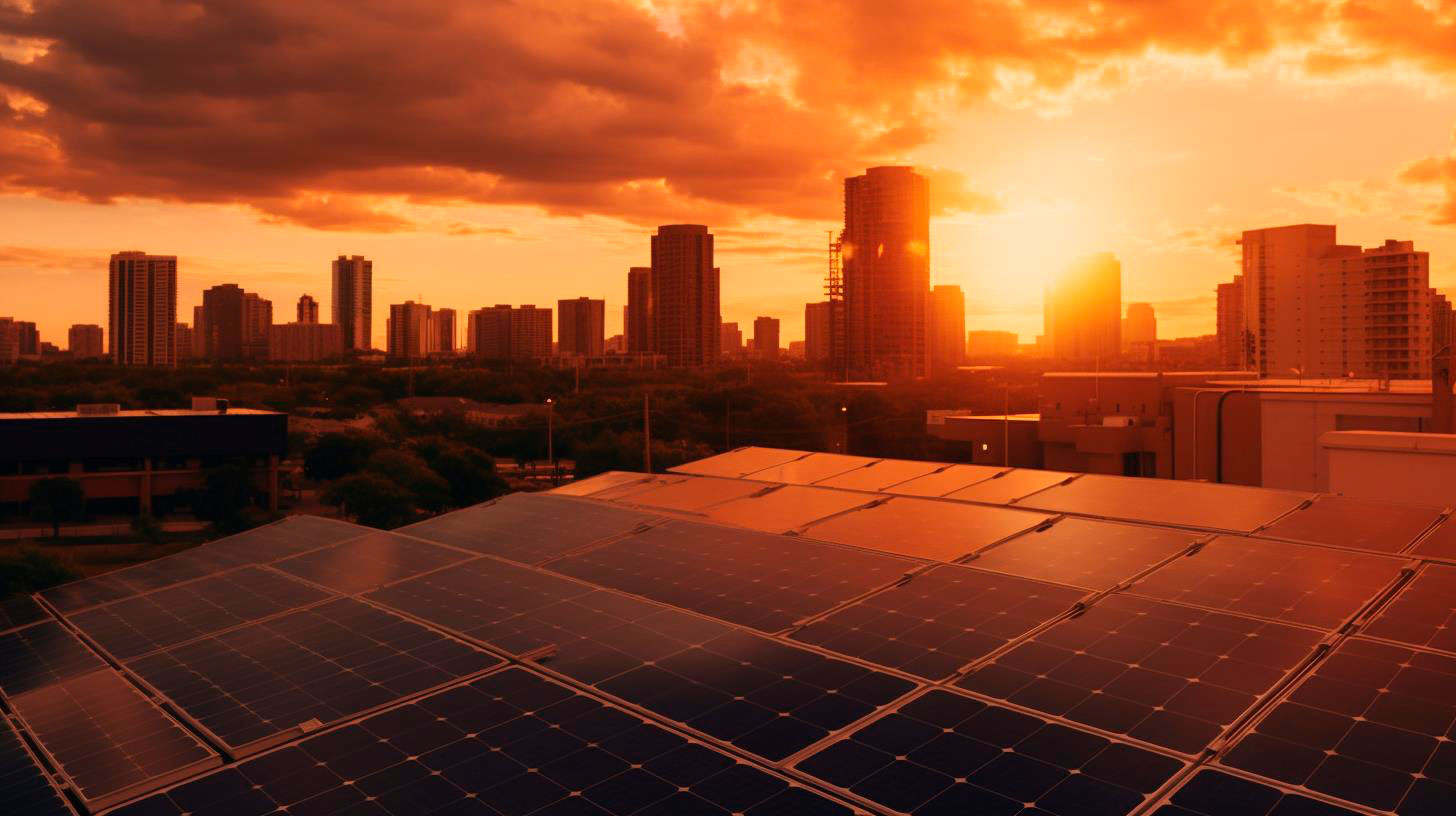Integrating Energy-Efficient Systems Monitoring in Data Center Operations
Therefore, integrating energy-efficient systems monitoring in data center operations is crucial. In this article, we will explore the importance of energy-efficient systems monitoring and the benefits it brings to data centers.
The Importance of Energy-Efficient Systems Monitoring
Data centers are power-hungry infrastructures, often demanding extensive cooling, redundancy, and 24/7 operation. Consequently, they contribute to a substantial carbon footprint. By integrating energy-efficient systems monitoring, data center operators can effectively reduce their energy consumption, optimize resource allocation, and minimize their environmental impact.
Here are some key advantages of implementing energy-efficient systems monitoring:
- Cost savings: Energy-efficient systems monitoring helps identify areas of energy wastage, allowing data center operators to implement measures that optimize energy consumption and reduce operational costs.
- Improved performance: Monitoring and optimizing energy usage can improve the overall performance and reliability of data center operations, ensuring uninterrupted service delivery.
- Environmental responsibility: Reducing energy consumption and carbon emissions aligns with corporate social responsibility goals, demonstrating a commitment to sustainable practices.
- Regulatory compliance: Energy-efficient systems monitoring assists data centers in meeting regulatory requirements and energy efficiency standards set by governments and industry bodies.
Key Components of Energy-Efficient Systems Monitoring
Now that we understand the importance of energy-efficient systems monitoring let’s take a closer look at its key components:
1. Real-Time Monitoring
Real-time monitoring is a fundamental aspect of energy-efficient systems monitoring. It involves the continuous tracking and analysis of energy consumption, cooling efficiency, server utilization, and other critical parameters within the data center. Real-time monitoring provides valuable insights into energy-intensive areas, allowing operators to make informed decisions.
2. Intelligent Power Distribution Units (PDUs)
Intelligent PDUs play a vital role in energy-efficient systems monitoring. These advanced devices enable centralized monitoring and control of individual server-level power consumption. By accurately measuring power usage, operators can identify inefficient servers, implement load balancing, and optimize energy distribution. Intelligent PDUs also provide remote management capabilities for efficient control and maintenance.
3. Environmental Sensors
Data centers need to function within specific temperature and humidity ranges to maintain optimal equipment performance. Environmental sensors continuously monitor these parameters and provide insights for efficient cooling systems management. By monitoring and controlling environmental conditions, data center operators can ensure that resources are allocated appropriately, minimizing energy waste and enhancing overall performance.
Conclusion
Integrating energy-efficient systems monitoring in data center operations is essential for optimizing resource allocation, reducing costs, and demonstrating environmental responsibility. By adopting real-time monitoring, intelligent PDUs, and environmental sensors, data center operators can effectively identify areas of improvement and implement energy-saving measures. The result is a more sustainable and efficient data center infrastructure for the digital era.
To sum up, energy-efficient systems monitoring provides key takeaways such as cost savings, improved performance and environmental responsibility. With the increasing demand for data centers worldwide, these monitoring systems play a crucial role in achieving energy efficiency goals and meeting regulatory requirements. Embracing energy-efficient systems monitoring is a win-win situation, benefiting both the data center operators and the environment.
